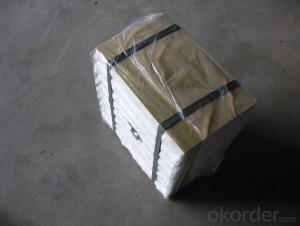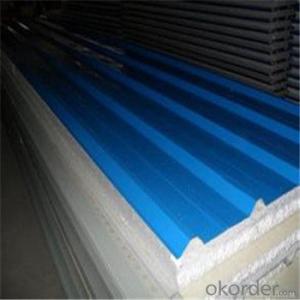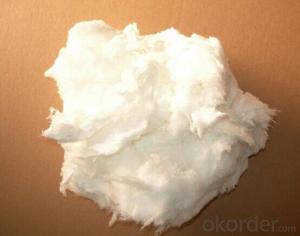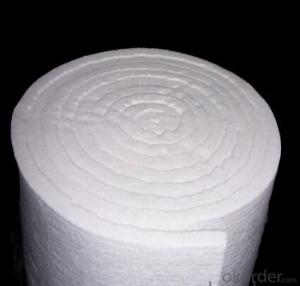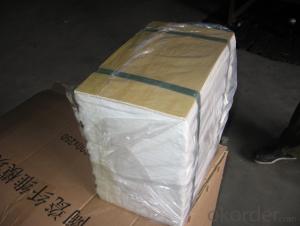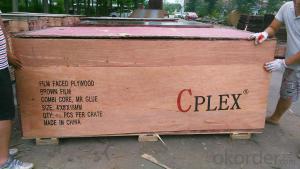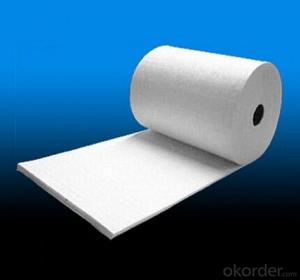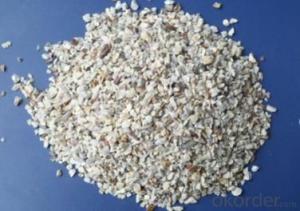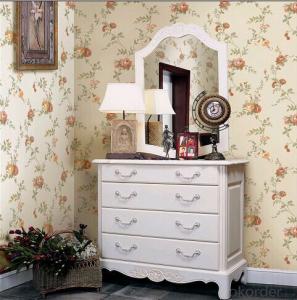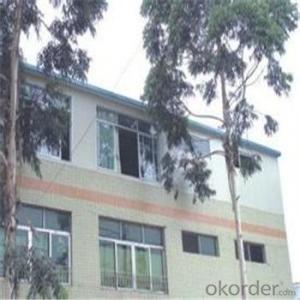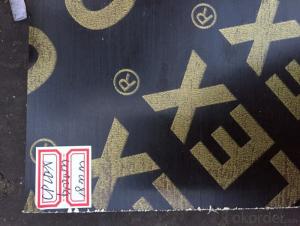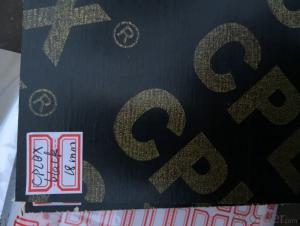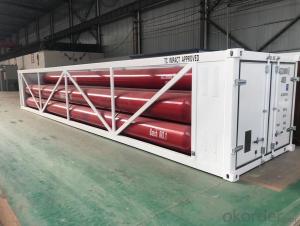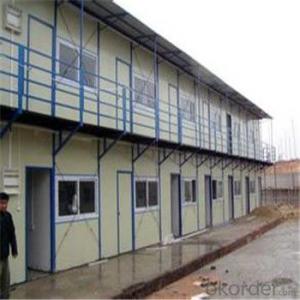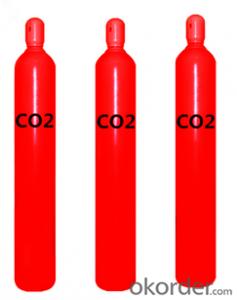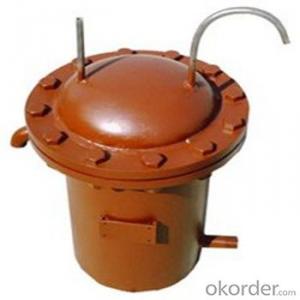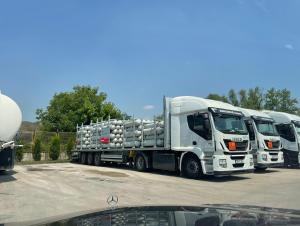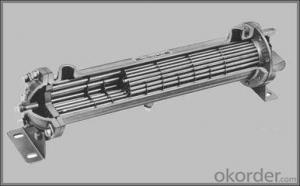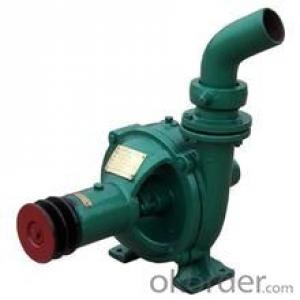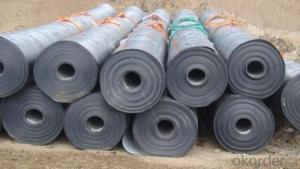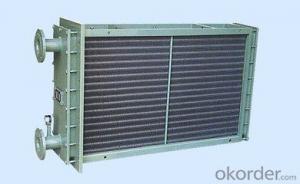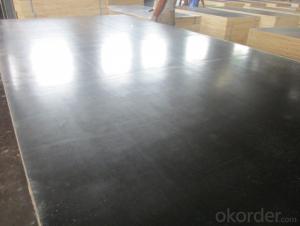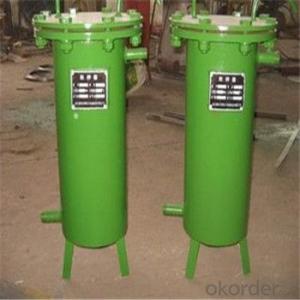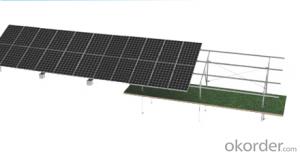Pozos De Geomembrana
Pozos De Geomembrana Related Searches
Geomembrana De Pvc Geomembrana De Hdpe Pegamento Para Geomembrana Hdpe Venta De Geomembrana En Mexico Venta De Geomembrana En Honduras Venta De Geomembrana En Puebla Geomembrana Para Ollas De Agua Lona De Geomembrana Ollas De Agua Con Geomembrana Bolsas De GeomembranaHot Searches
Tanque De Geomembrana Tanques De Geomembrana Tanques De Geomembrana Precios Tanque De Geomembrana Tanques De Geomembrana Tanques De Geomembrana Precios Tanque De Geomembrana Tanques De Geomembrana Tanques De Geomembrana PreciosPozos De Geomembrana Supplier & Manufacturer from China
Okorder.com is a professional Pozos De Geomembrana supplier & manufacturer, offers integrated one-stop services including real-time quoting and online cargo tracking. We are funded by CNBM Group, a Fortune 500 enterprise and the largest Pozos De Geomembrana firm in China.Hot Products
FAQ
- Due to their inherent corrosion resistance, aluminum coils perform relatively well in coastal areas with high salt content. The formation of a natural oxide layer on the surface of aluminum provides a protective barrier against saltwater, effectively preventing corrosion. This oxide layer is highly resistant to salt-induced corrosion, making aluminum coils suitable for use in coastal environments. However, it is important to note that over time, saltwater can still have some corrosive effects on aluminum, especially in areas that are constantly exposed to salt spray and high humidity. To enhance the performance and lifespan of aluminum coils in such coastal areas, additional protective measures can be taken. These measures include the application of specialized coatings or the use of alloys with higher corrosion resistance. Regular maintenance and cleaning of the coils are also crucial in order to remove any salt deposits that may accumulate on the surface. This can be achieved by periodically rinsing the coils with fresh water to eliminate salt residue. It is also important to avoid the use of abrasive cleaners or harsh chemicals, as they can potentially damage the protective oxide layer. In conclusion, although aluminum coils offer good resistance to saltwater corrosion, proper care and maintenance are still necessary to ensure optimal performance and extend their lifespan in coastal areas with high salt content.
- We had a BBQ a few days ago and left our pack of aluminum foil on the table out side. It rained that night and the following night. I went out to take the trash out and heard a odd noise. It was the pack of foil boiling hot. The water from the rain was steaming out of it. When I picked it up you could feel the warmth coming from the center of it.It was 2 days after the BBQ, was never near the heat of that. It was on a separate table.The table is shaded all day, so it didn't heat from the sun. Plus aluminum does not transfer heat.It just don't make since to me. I unrolled some of it and it is dark grey from being heated so hot. I never heard of it and tried to find info, but to no avail. So out of curiosity I am asking.
- Aluminium is one of the best conductors of heat so the effect may have been a rare entropic incident where the water rapidly evaporated due to the warmth of the air. What's more likely is that the aluminium was exposed to the water and the rain was slightly penetrative. Aluminium usually has aluminium oxide protection to protect against corrosion and reaction but something may have depleted that layer causing a reaction and the gas you saw steaming wasn't water but hydrogen gas.
- Aluminum coils offer several advantages when compared to other metal coils. Firstly, aluminum is a lightweight material, which makes it easier to handle and transport. This characteristic also contributes to lower shipping costs. Additionally, aluminum coils have excellent corrosion resistance, making them suitable for various environments and applications. They are also highly malleable, meaning they can be easily bent and shaped without compromising their structural integrity. Moreover, aluminum coils have good thermal conductivity, enabling efficient heat transfer in applications such as HVAC systems. Finally, aluminum is a highly sustainable and recyclable material, making it an environmentally friendly choice. Overall, aluminum coils provide a cost-effective, durable, and versatile option compared to other metal coils.
- Aluminum coils are generally known to be highly resistant to chemical exposure. Aluminum itself has excellent corrosion resistance properties, making it suitable for various applications where it may come into contact with chemicals. The oxide layer that naturally forms on the surface of aluminum coils acts as a protective barrier, preventing further corrosion and degradation when exposed to many chemicals. However, it is essential to note that the resistance of aluminum coils to chemical exposure may vary depending on the specific type and concentration of the chemical involved. Some aggressive chemicals or strong acids may still cause damage or corrosion over time. Therefore, it is always advisable to consult with experts or refer to specific chemical compatibility charts to determine the compatibility of aluminum coils with particular chemicals or environments.
- Aluminum coils are manufactured to specific dimensions through a process known as rolling. In this process, large aluminum ingots are heated and then passed through a series of rolling mills, where they are gradually reduced in thickness and elongated. By adjusting the speed and pressure of the rolling mills, manufacturers can control the dimensions of the aluminum coils, ensuring they meet the required specifications.
- Aluminum coils are typically cleaned before further processing through a combination of mechanical and chemical methods. The coils are first mechanically cleaned to remove any loose dirt or debris using brushes or air jets. This step helps to prepare the surface for the subsequent chemical cleaning process. Chemical cleaning involves the use of acids or alkaline solutions that help to remove any remaining contaminants, such as oils, grease, or oxidation layers. The coils are either immersed in the cleaning solution or sprayed with it, which helps to dissolve and remove the impurities. Once the cleaning process is complete, the coils are rinsed with water to remove any residues from the cleaning agents.
- Aluminum coils are indeed suitable for the production of architectural façades. Façades made of aluminum are highly favored due to their durability, lightweight characteristics, and aesthetic attractiveness. By incorporating aluminum coils into façade manufacturing, customization becomes effortless, as they can be readily molded and fashioned into different designs and profiles. Moreover, aluminum exhibits resistance against corrosion, rendering it suitable for outdoor use. Furthermore, it possesses exceptional thermal and acoustic insulation properties, thereby enhancing energy efficiency and soundproofing. In conclusion, aluminum coils offer a versatile and efficient choice for the creation of architectural façades.
- Aluminum coils can be wound using various methods, each offering unique advantages and suitability for specific applications. Let's explore these methods: 1. Layer winding: By winding the aluminum wire in a single layer around the coil mandrel, this method proves useful in low voltage scenarios. It excels at thermal conductivity and heat dissipation. 2. Random winding: Without adhering to any specific pattern, the aluminum wire is randomly wound around the coil mandrel. This method is preferred for high voltage applications as it minimizes the risk of corona discharge and enhances insulation. 3. Concentric winding: As implied by its name, concentric winding involves winding the aluminum wire in concentric circles around the coil mandrel. It is ideal for space-restricted applications, enabling a high number of turns in a compact coil. 4. Interleaved winding: This method entails winding multiple layers of aluminum wire in an interleaved pattern. It reduces the overall size of the coil while maintaining a high number of turns and increasing inductance. 5. Helical winding: Here, the aluminum wire is wound in a helix pattern, either with a constant or varying pitch. Helical winding is commonly employed in applications requiring high inductance, such as inductors and transformers. 6. Sectional winding: In this method, the coil is divided into multiple sections, with each section being wound separately. It is commonly used in large-scale applications, making coil handling and installation easier. Each of these coil winding methods possesses its own strengths and considerations. The choice of method depends on specific application requirements, space limitations, and desired electrical characteristics.

